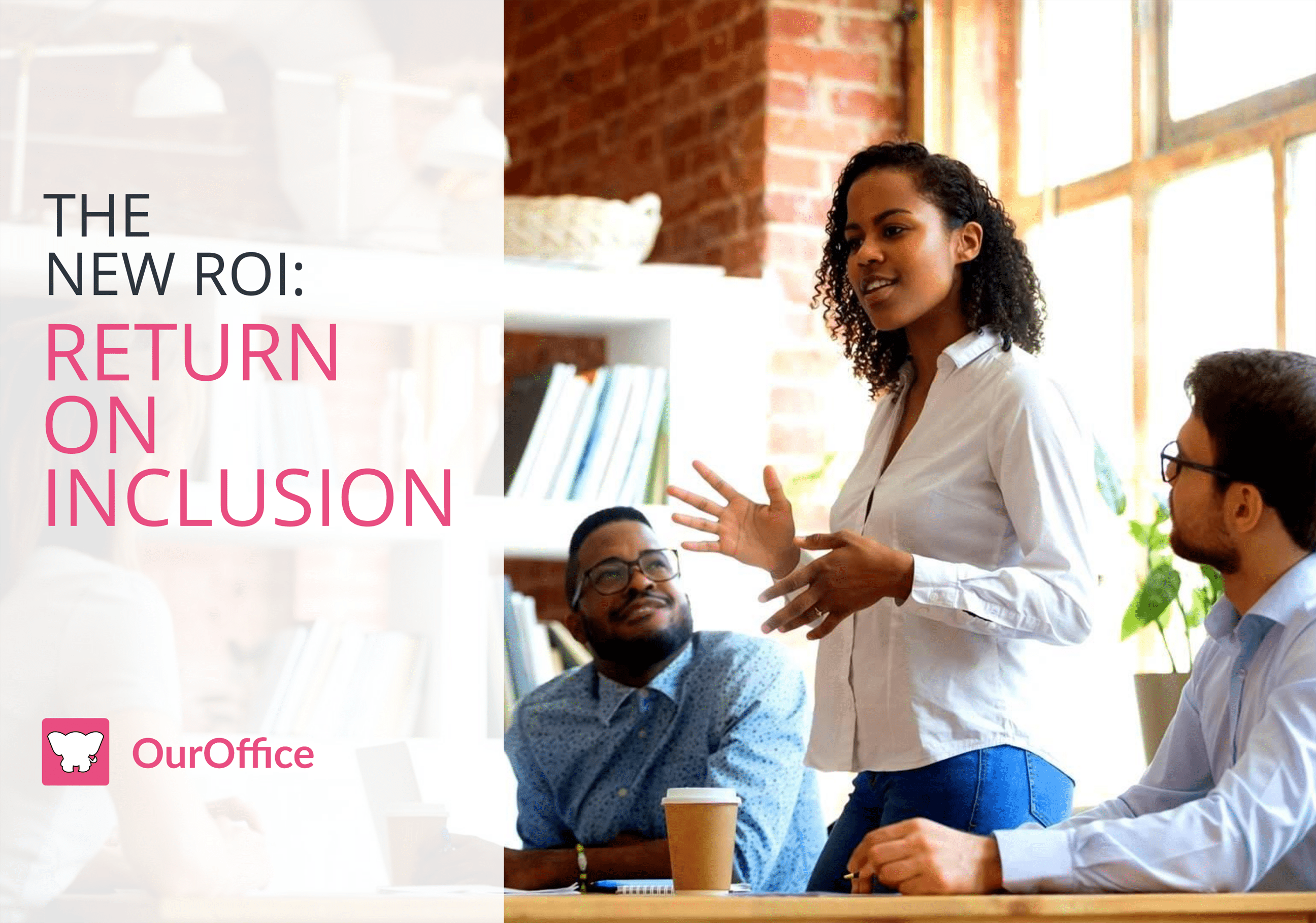04 Aug The New ROI: Return On Inclusion

For years, leaders have asked about the ROI of Diversity and Inclusion (D&I) in terms of the bottom line. As events of 2020 have demonstrated, to thrive and succeed, leaders need to think more broadly and beyond the traditional shareholder expectations of financial performance.
Our experience to date indicates that there is a new kind of ROI, which we call the “Return on Inclusion.” This ROI goes beyond the diversity dividend -- i.e. the well-documented financial outcomes that are often correlated with more diverse organizations. It measures the benefits of a true culture of inclusion for an organization and its key stakeholders, the employees.

The Diversity Dividend
By now, most leaders are aware of the well-documented financial benefits of diversity in the workplace:
- Top quartile diverse companies are more likely to financially outperform their national industry medians, by 35% for ethnic diversity and 15% for gender diversity (McKinsey)
- Diverse management teams deliver 19% higher revenues from innovation compared to their less diverse counterparts (BCG)
- Companies with a diverse set of employees enjoy 2.3 times higher cash flow per employee (Bersin)
- In the UK, for every 10% increase in gender diversity on the senior executive team, EBIT rose by 3.5 percent (McKinsey)
While these traditional measures of ROI are significant and important, they only correlate hard diversity numbers -- often expressed in terms of % representation of different groups -- with hard business outcomes, like revenues, profitability and cash flow.
Return on Inclusion (the new ROI)

The equally important measures of inclusion and their correlation with the employee experience and related outcomes have not been as widely reported. However, significant data points from highly credible sources have been emerging in recent years:
- Employees in highly diverse and inclusive organizations show 26% more team collaboration and 18% more team commitment than those in non-inclusive organizations (CEB/Gartner)
- Employees who feel their voice is heard at work are 4.6x more likely to feel empowered to perform their best work (Salesforce)
- Teams that follow an inclusive process make decisions 2 X faster with 1/2 the meetings (Forbes).
- Diverse and inclusive workforces demonstrate 1.12 x more discretionary effort, 1.19 x greater intent to stay, 1.42 x greater team commitment, and 1.57 x more collaboration among teams. (CEB / Gartner)
- Inclusive companies are 3 x more likely to retain millennials 5+ years (Deloitte).
These and similar emerging studies point to “inclusion” as the key objective to focus on for leaders and their organizations.
How to Achieve and Sustain the New ROI
The new ROI is not only harder to measure, it is also often harder to achieve. But the good news is that hard work towards an inclusive workplace often builds a culture of inclusion into the fabric of the organization. So the outcomes are much more sustainable and long-lasting.
We will continue to share ideas on building a culture of inclusion to achieve the new ROI. Meanwhile, please send us your own ideas as business leaders, HR/D&I professionals and hardworking employees to ideas@ouoroffice.io.



